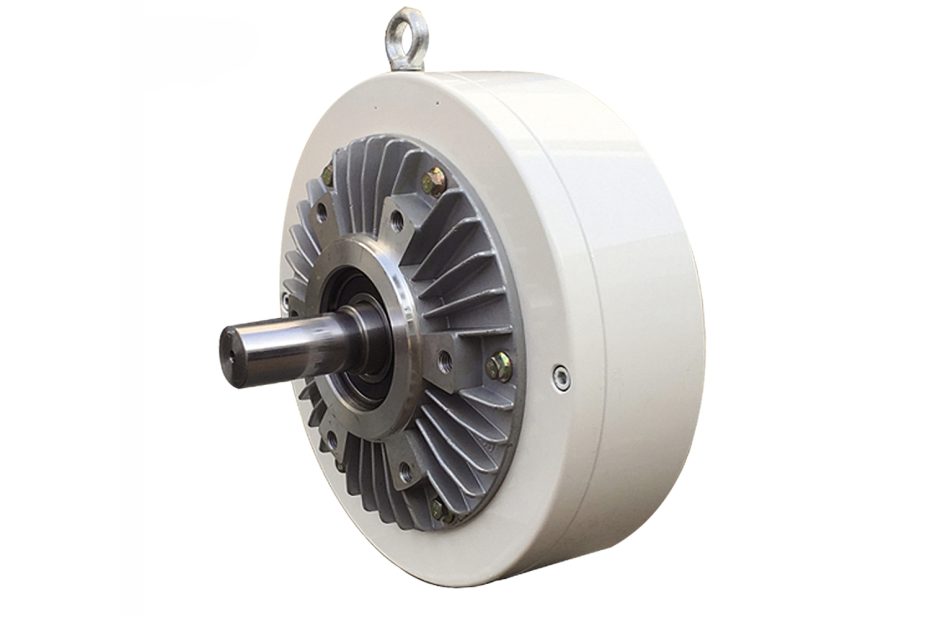In the realm of industrial machinery, the adoption of innovative technologies is an ongoing quest for efficiency and precision. One such technology that has garnered significant attention in recent years is the Magnetic Particle Brake.
Magnetic Particle Brakes operate on the principle of utilizing magnetic particles within the braking system to control torque. Unlike traditional friction brakes, these brakes offer a non-contact method of torque transmission, presenting a myriad of advantages that contribute to their increasing popularity.
Top 3 Advantages Of Magnetic Particle Brakes
- Smooth and Precise Torque Control: The inherent design allows for seamless and precise control over torque, ensuring smooth and efficient operation of machinery.
- Wear-Free Operation: With no physical contact between components during braking, magnetic particle brakes exhibit minimal wear and tear, leading to extended operational life.
- Instantaneous Response: The absence of mechanical linkage enables an instantaneous response to changes in braking requirements, offering unparalleled dynamic performance.
Magnetic Particle Brakes : Applications Across Industries
The versatility of Magnetic Particle Brakes is a key factor in their widespread adoption across diverse industrial applications. From automotive to manufacturing, these brakes find utility in scenarios where precise torque control is paramount.
| Industry | Application |
|---|---|
| Automotive | Chassis Dynamometers, Dynamometer Testing |
| Printing | Web Tension Control in Printing Presses |
| Textile | Precision Tension Control in Textile Machinery |
| Packaging | Film and Foil Tension Control in Packaging Machines |
| Robotics | Torque Limiting in Robotic Arms |
| Wire and Cable | Tension Control in Wire Drawing Machines |
Advancements in Technology Of Magnetic Particle Brakes
The surge in interest in Magnetic Particle Brakes can be attributed to continuous advancements in technology, making these brakes more efficient, reliable, and adaptable to a broader range of industrial processes.
- Digital Control Systems: Integration with digital control systems enhances the precision and responsiveness of magnetic particle brakes, catering to the demands of modern industrial automation.
- Compact Designs: Ongoing research and development efforts have led to the creation of more compact and lightweight magnetic particle brakes, making them suitable for applications with space constraints.
- Temperature Stability: Enhanced materials and design considerations contribute to improved temperature stability, ensuring consistent performance even in demanding operating conditions.
Magnetic Particle Brakes : Economic And Environmental Considerations
Beyond their technical merits, the economic and environmental advantages associated with Magnetic Particle Brakes have fueled their adoption as an environmentally friendly and cost-effective alternative.
- Reduced Maintenance Costs: The wear-free operation translates to reduced maintenance costs, minimizing downtime and extending the lifespan of machinery.
- Energy Efficiency: Magnetic particle brakes operate with high efficiency, contributing to energy savings and aligning with sustainability goals.
- Adaptability to Green Technologies: As industries embrace green technologies, the non-contact nature of magnetic particle brakes aligns with the shift towards cleaner and sustainable industrial practices.
Challenges and Future Developments
While Magnetic Particle Brakes present a plethora of advantages, it is essential to acknowledge the challenges that come with their implementation and explore the future developments that will shape their role in industrial machinery.
- Heat Dissipation: Managing heat generated during braking remains a challenge, and ongoing research aims to improve heat dissipation mechanisms.
- Standardization: The lack of standardized specifications poses challenges for manufacturers and users alike. Efforts are underway to establish industry standards for magnetic particle brakes.
- Integration with IoT: Future developments may see increased integration with the Internet of Things (IoT) for real-time monitoring and predictive maintenance, further enhancing the reliability of magnetic particle brakes.
Conclusion
In conclusion, the growing interest in Magnetic Particle Brakes is a testament to their transformative impact on industrial machinery. As technology continues to evolve, these brakes are poised to play a pivotal role in shaping the future of torque control, offering a balance between precision, efficiency, and sustainability. Industries worldwide are now recognizing the invisible force of magnets as a driving factor in the quest for optimal performance and reliability.

